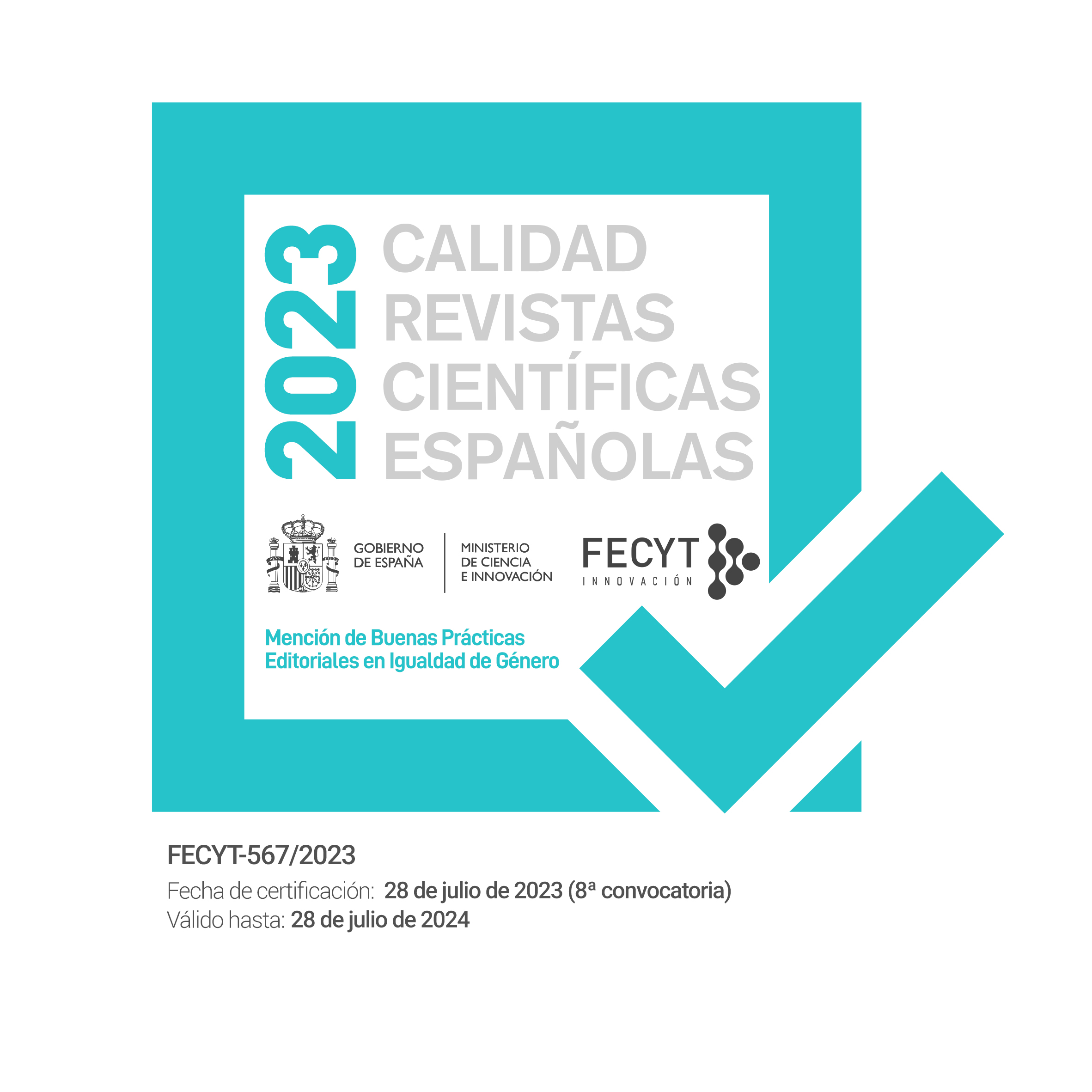José Matí's Nené traviesa: an example of a modernist tale for children
Keywords:
Modernism, children's literature, Marti, Latin American short storyAbstract
José Martí published the magazine La Edad de Oro in 1889. It contained some historic and fictional short stories addressed to Cuban children, to introduce them into the knowledge of Latin American culture and to teach them how to become good political leaders in the future. Nené traviesa is one example: it stems from the Horatian prodesse et delectare dictum and, within Modernist aesthetics, it becomes one of the most representative children short stories of that literary movement. The wealth of elements that shape it both from the narratology point of view (changes of focalizer, narrator, etc.) and from the aesthetics (rhetorical devices, fusion of arts) shows ¡ts composition complexity and its reading versatility, because they allow the readers to study the tale from both an adult (especially, literary) point of view and from a child's perspective. Thus, Nené traviesa becomes an essential text not only for the correct understanding of the educational ideology of the Cuban writer, but also for the expansion of the knowledge of Modernism in children's literature.
Downloads
Downloads
Published
Issue
Section
License
Anuario de Investigación en Literatura Infantil y Juvenil has been published in open access from 2019 (vol. 17). The journal allows the authors to retain publishing rights. Authors may reprint their articles in other media without having to request authorization, provided they indicate that the article was originally published in Anuario de Investigación en Literatura Infantil y Juvenil. The journal holds the copyright of printed issues (volumes 0-16).





